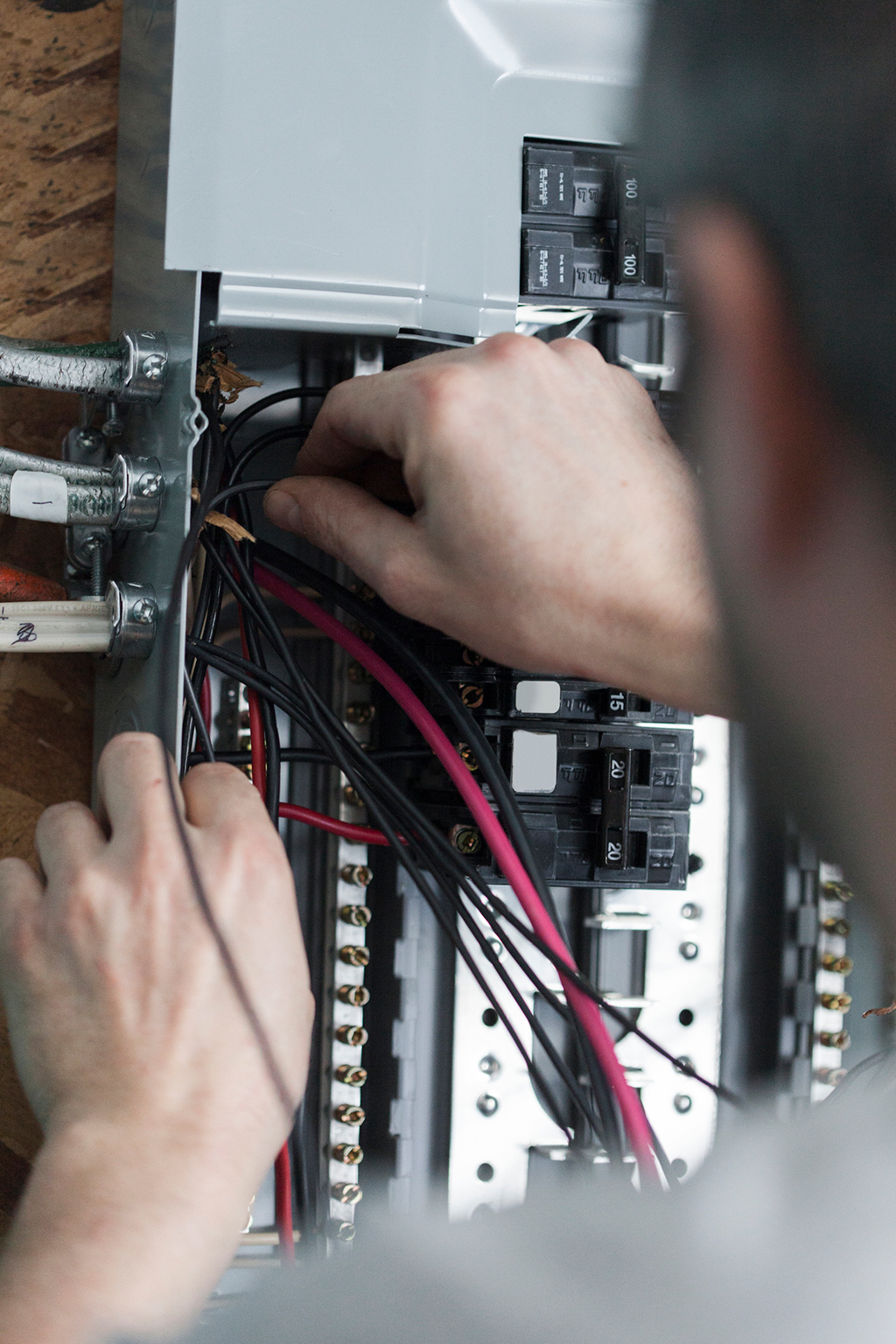
Exploring Various Faults In Electrical Power Systems: Insights From An Emergency Electrician | Wilmington, NC
It’s hard to imagine life without electricity. Homes, offices, and industries rely on electricity to run. Electrical systems are meant to function safely using various set electrical codes and standards to mitigate the risk of faults. Nevertheless, because of human errors and natural conditions, faults might occur within the electrical system. And when they do, they pose a significant threat to life and can damage property and expensive equipment.
Electrical faults happen because of abnormal voltage and current levels in the electrical system. Normally, the electrical system operates at nominal current and voltage levels. In an electrical fault condition, the voltage and current level shift from the nominal to the abnormal range. The fault reduces the conductors’ insulation strength, resulting in a short circuit and damaging the appliances.
Luckily, there are trained emergency electricians who can perform electrical fault-finding to restore normalcy in electrical systems. This blog briefly discusses the different types of faults in an electrical power system. Continue reading to know more.
Transient Fault
Also called a temporary fault, a transient fault will only happen for a short time, and the electrical system returns to its normal operating state after a short while. The fault can clear on its own or by cutting off the power momentarily.
Transient faults won’t impair your electrical system permanently. These faults are a common occurrence in overhead power lines. Examples include bird contact, lightning strikes, and conductor collision. The fault current due to a transient fault only affects the point of origin and the connected electrical circuit. But the faults don’t interrupt the normal functioning of an electrical unit.
Persistent Fault
A persistent or permanent fault is a type of fault that’s present even when the power supply is disconnected. This fault can’t be cleared on its own; it requires a safety device to break the power supply and the intervention of an emergency electrician to clear the fault.
Persistent faults often occur in underground cables. Overhead lines will experience permanent faults due to sagging, trees falling on the lines, and harsh weather conditions.
Passive Faults
These are electrical faults described as more of a condition than an actual fault. These are conditions where an electrical system works at electrical parameters beyond its expected capacity.
Some passive faults are discussed in detail below.
- Power Swing
The amount of power generated and consumed at any given time in an electrical system is equal. However, power generation should be adjusted if there’s a sudden decrease or increase in load. But again, due to inertia, a technician cannot adjust the power generation instantly. Thus, the power oscillates throughout the electrical network, producing a type of fault known as a power swing.
Power swings are usually damped. These power oscillations can malfunction a protective relay. Therefore, an emergency electrician must block the relay operation by first detecting the condition. - Overloading
Electrical overloading occurs when a current significantly higher than the nominal current is introduced into and confined in the normal path of the electrical system. This overloading current can damage the electrical unit’s insulation over time. Momentary overloads won’t cause damage, but frequent overloading for a long time can create a short circuit.
To prevent this, you should have a licensed emergency electrician conduct load testing when you install additional appliances in your home. Also, the electrician can install more outlets to avoid overburdening the circuit. - Overvoltage
This is a condition where the operating voltage shoots above the rated maximum value of an electrical unit. The voltage rise could be permanent or momentary, like in the case of a voltage spike. Overvoltage can cause wires to heat up due to the large current flowing through them. Likewise, it can blow the electrical components and devices and even cause a fire in certain instances.
A transient lightning strike can bring about overvoltage. Also, turning an inductive load on or off can create power surges in the connected electrical unit. Besides, Large current changes may also cause voltage spikes.
Active Fault
This fault occurs due to an unwanted active current flow between a phase and ground conductor or two-phase conductors. The two types of active faults include;
- Solid Fault
A solid fault happens when the conductor or its insulation breaks down completely, causing the conductors to come into contact with one another.
Underground power cables will experience solid faults because of the high pressure due to the heavy equipment operating above them. On the other hand, accidents and extreme weather conditions can cause overhead lines to break, creating a solid fault.
A highly-trained emergency electrician has to remove this kind of electrical fault immediately to avoid severe damage at the fault location and eliminate the risk of prolonged power outs. Remember, the location of the fault becomes a great danger to the utility personnel working at the site.
- Incipient Fault
The incipient fault is an active fault that will start at a low magnitude but increase gradually into a solid fault or an emergency.
Under Voltage Fault
When the voltage in your electrical system falls below the operating range, it results in an under-voltage fault. You may experience this fault when there’s a heavy load on your utility transformer. As a result, your equipment and electronics can fail prematurely. To address such faults, emergency electricians use Undervoltage protection relay, which monitors the voltage continuously and breaks the power supply in case of under voltage.
Overcurrent Fault
In an overcurrent fault, a sudden rise in the current is caused by a short circuit. These faults are similar to active faults. Overloading a power source may lead to overcurrent. To help avoid overcurrent relays, an emergency electrician installs circuit breakers or fuses in your electrical system.
Mister Sparky of Wilmington: Specialized Emergency Electrical Service Contractors to Contact
From electrical fault finding and rewiring to risk assessment and equipment tagging and testing, Mister Sparky of Wilmington is the electrical company to call.
Our trained and certified emergency electricians offer reliable and safe electrical services and create a seamless experience to ease your situation. Contact us today to learn more about our other services.
Conclusion
Electrical fault finding and troubleshooting is a dangerous endeavor to try by yourself. If your circuit breakers are constantly tripping, Please ensure you contact a certified emergency electrician from Mister Sparky of Wilmington to come in and diagnose the issue as soon as possible. Also, pay attention to any signs of faulty wiring, including flickering lights, outlets that are warm to the touch, sparks from outlets, etc.
See our previous blog on this topic here.

